#shugendo
Text
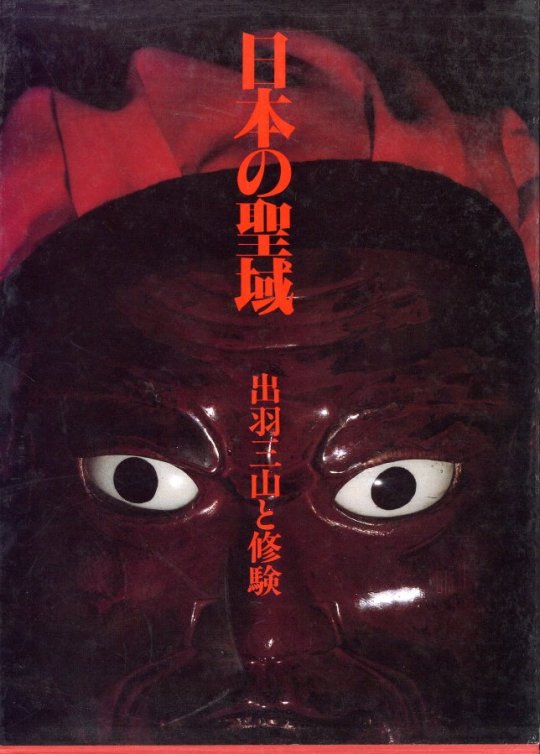
Cover for Sanctuary of Japan Volume 9 Dewa Sanzan and Shugendo
Masatoshi Naito Fumi : Yasuaki Togawa
the publisher Kosei Publishing Co., Ltd.
Publication year 1982
Komiyama Books
#Shugendo#Yasuaki Togawa#Kosei Publishing Co.#Publication year 1982#Komiyama Books#photography#books#book cover
87 notes
·
View notes
Text

Yamabushi mountain ascetics praying at the Yakiyama Kōjindō (八鬼山荒神堂), a modest chapel enshrining the fire & hearth deity Sanbō-Kōjin (三宝荒神) at the top of Yakiyama Mountain (八鬼山) in Owase, Mie Prefecture
Photo from a November 5, 2022 article in the Chunichi Shimbun
#japanese religion#三重県#mie prefecture#尾鷲市#owase#八鬼山#yakiyama#山伏#yamabushi#修験道#shugendo#熊野古道#kumano kodo#religión japonesa
12 notes
·
View notes
Photo
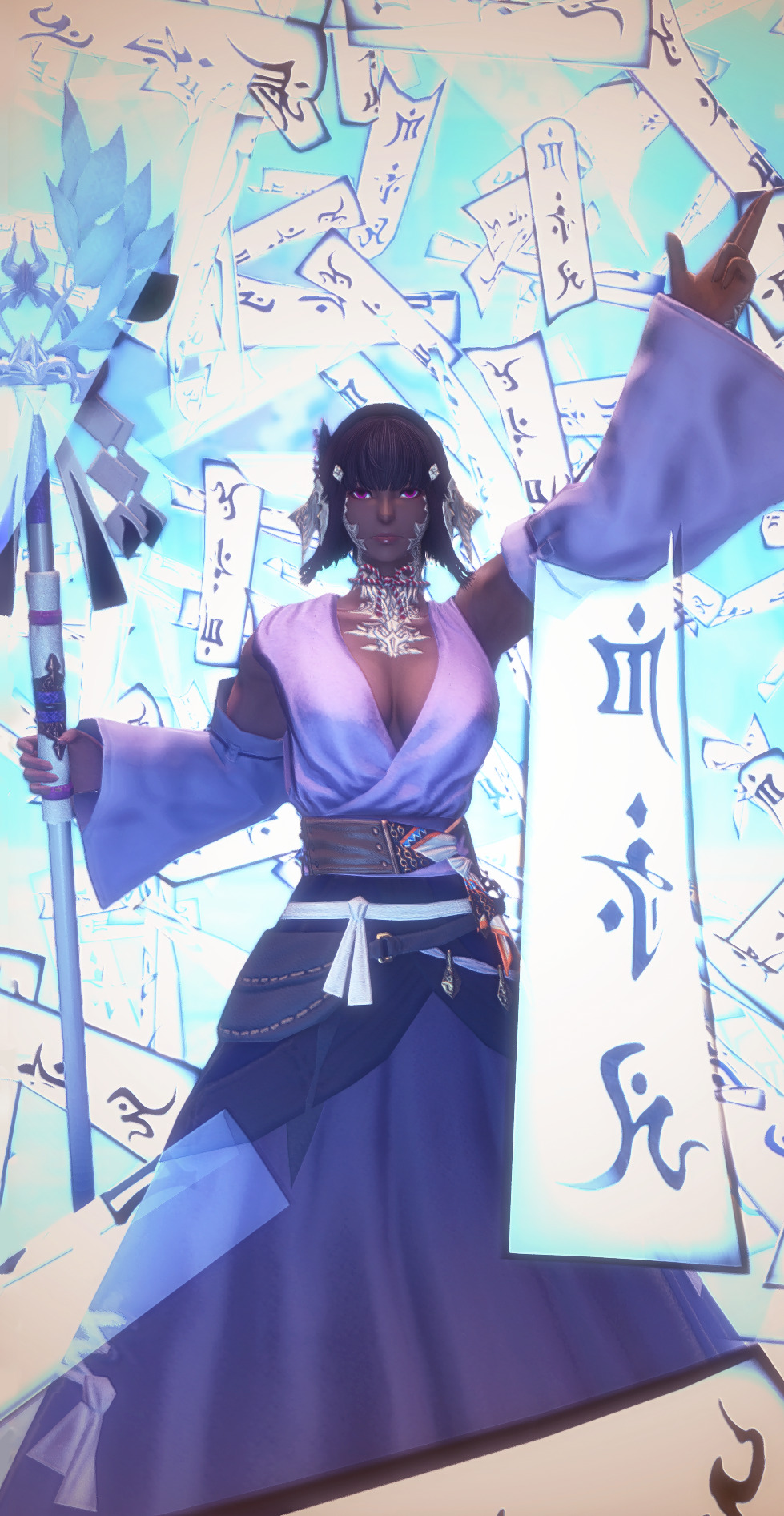
修験道
37 notes
·
View notes
Text
Digital Monster Entry (DME)
Name: Kuzuhamon
(lit. Legendary White Kitsune Monster)
Stage: Ultimate
Attribute: Data
Type: God Man
A God Man type, Ultimate level Digimon that is said to be a Fox-species digimon that lived long, and transformed to take a humanoid form, is said that only those among them of a high level are able to evolve into a digimon more powerful than Kuzuhamon, it is versed into Shinto, Omnyōdō and Shugendō. A signle Kuda-Gitsune lurks within the pipe it carries on the belt around its waist, and it is able to employ this Kuda-Gitsune to use it for things like attacking and gathering information, Its signature moves are the following:
• Using the Kuda-Gitsune it carries on its waist to attack the opponent, an attack called Ura Izuna.
• Spreading a purifying barrier with its Shakujou staff that exorcises evil spirits, the Taizōkai Mandala.
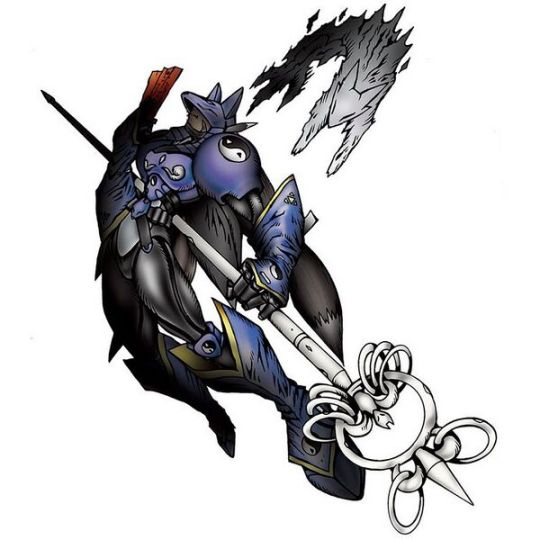
6 notes
·
View notes
Note
Happy Halloween!!!!! Trick or treeeat
Happy Halloween!
This trick is really kind of morbid, so I’ll put it under a cut even though I didn’t post any graphic photos.
So I talked a little bit before about sokushinbutsu, but to summarize, it’s a practice in esoteric Buddhism/Shugendo that involves self-mummification. The process would be started while the practitioner was still alive. Over the course of about a decade, they’d increase their spiritual intake (through meditation) and decrease their physical intake of food and water. They’d start by switching entirely to a diet of seeds, nuts, pine needles, etc. found on the mountain where they were doing this. This diet would strip away most of their fatty tissue, which was necessary for the preservation process. They’d also reduce their water intake to dry themselves out.
Things get a bit harder to read here, so fair warning.
In Yamagata, the region I was in, there are more successfully preserved sokushinbutsu than anywhere else, and this is partially due to the culture of it there in the mountains and partially due to the environment. The spring water there has large amounts of arsenic, which helped preserve the bodies. There were also lacquer trees that, instead of being used to lacquer bowls, could be turned into a highly toxic tea that would — well, sort of lacquer the internal organs. This water and tea would be the only things consumed after a while.
After about a decade of this, the body would be very, very frail. With the help of other monks, the aspiring sokushinbutsu would be lowered into a hole in the ground, which would be covered up, only a bamboo tube providing air from the outside. The person would be given a bell, which he would ring to alert the others that he was still alive — until he wasn’t. When the bell stopped ringing, the bamboo tube would be removed.
A few years later, they would return and disinter the body. If it had preserved, it was a successful sokushinbutsu and would be given a place of honor in a temple. If not, it would be reinterred.
Now… why would a person do this? It’s such an agonizing process. The answer lies, I think, in the concept of a bodhisattva in Buddhism, or a person who has achieved enlightenment but then chooses to return to humanity to help others. I think this is a similar idea. Sokushinbutsu means living Buddha, and that’s what’s really going on here. The practitioner achieves enlightenment through self-sacrifice, and is then able to help others in this state. They, in effect, are transforming themselves into bodhisattva while remaining here on earth.
The sokushinbutsu at Dainichibo temple in Yamagata is named Shinnyokai. When you visit the tiny temple out in the countryside, nestled at the base of the sacred mountain Yudonosan, you are greeted by a monk who will be happy to sit you down and explain the history of the temple and its treasures. He’ll tell you about the founding of the temple and its statuary. He’ll tell you about the period when Shinto and Buddhism coexisted in syncretic harmony in Japan and how they were forcibly torn apart during the Meiji Restoration. He’ll tell you about the 1800-year-old cedar tree outside and the sword next to you that was once owned by Tokugawa Ieyasu. And he’ll tell you about Shinnyokai, who wanted to save people from a bitter famine, who once tore his own eye out to pray for the healing of eye diseases, and who eventually turned himself into a sokushinbutsu for the salvation of all.
It’s a bit of propaganda, maybe, but most legends are. His real life is much more disputed, and in some disreputable ways. But when I visited Dainichibo last week, that’s the story that I was told before being brought in to see him.
I didn’t take photos, for obvious reasons. The general rule in Japan is that you can take photos of the outside of a temple, but nothing inside, where the sacred relics are. And on Yudonosan, particularly sacred, you’re not even allowed to speak of what’s enshrined there.
Down at the base of Yudonosan, though, we can at least speak of what’s in the temple. But uh. We certainly can’t take pictures.
Pictures do exist, though, if you’re curious, and just googling Dainichibo in Yamagata should bring them up. He’s one of the most famous and well-preserved sokushinbutsu in Japan, and I think there’s an odd beauty to this living Buddha — who, in the words of the monks at Dainichibo, is not a mummy. I look at him an I wonder if there’s anything I believe in so much to go through all that. I wonder what it’s like to love something that much.
I don’t know if I admire it or if it scares me.
Still… I do have one photo for you. They change Shinnyokai’s robes every six years, and scraps of those robes are put into omamori charms for people who come all the way out there to pray at his side. They’re said to be protective. The monk said he keeps his in his pocket at all times, but I just put mine in a small compartment in my backpack.

Who knows? Maybe it’ll work. Such things are above my pay grade. But going out to visit Dainichibo was a fascinating experience, and I highly recommend the stop to anyone doing the Dewa Sanzan. The monks are very welcoming.
5 notes
·
View notes
Photo

自宅寒行の後半からお大師様が出てきてはいたが、 結局、 密教・曼荼羅かい という大まかな答えが出て 越後お山に向かうことに。 入る前に答えが出るとはね。 日本が本格的におかしくなったのもこの分離論争からだ。 これは単なる偶然とは思えない。 #神仏習合 #両部神道 #加持 #神道 #仏教 #道教 #修験道 #寒行 #御嶽山 #八海山 #湯河原 #japan #shugendo https://www.instagram.com/p/CoHmznVJR2v/?igshid=NGJjMDIxMWI=
2 notes
·
View notes
Video
youtube
The Frog Jumping ceremony, a tradition at the Kinpusenji Temple in Yoshino, Japan.
Every year on July 7th, the backcountry mountain town of Yoshino hosts a ritual whose origin is based around an old legend involving an unfaithful man transformed into a frog. Known as “Kaerutobi” (kaeru = frog, tobi = flight/journey)
The Legend
According to this tale, a long time ago there once was a man who insulted the Shugendo practitioners of Yoshino. After this insult, he was suddenly picked up and carried away deep into the mountains by an eagle and left on the side of a cliff from which he could not escape.As fate would have it, a wandering priest with great diving power came across the man and noticing his predicament, mercifully decided to try and aid him. The priest, using his power granted to him through the Buddhas, transformed the man into a frog, a creature that, while not ideal for the situation, can navigate the treacherous crags of the mountains.Apparently realizing the 2nd chance he had been given, the man-turned-frog hopped his way down from the deep mountains to Yoshinoyama, eventually making it all the to Kinpusen-ji Temple. There, he prostrated his froggy self before the priests in front of Zao-do Hall, seeking forgiveness and assistance. For his efforts, the man received compassion and was miraculously transformed back into a human through the power of Shugendo.


7 notes
·
View notes
Text
Watch "採灯護摩供 九字切り Shugendo Kuji-kiri" on YouTube
youtube
Ninja magic
0 notes
Text
Misty path to Dewa Sanzan temples, Japan
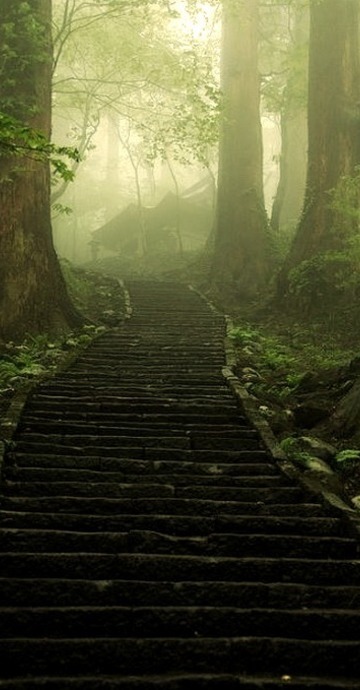
1 note
·
View note
Text
Misty path to Dewa Sanzan temples, Japan

0 notes
Text
Misty path to Dewa Sanzan temples, Japan

0 notes
Photo

Misty path to Dewa Sanzan temples, Japan
0 notes
Photo

A yamabushi mountain ascetic performing the firewalking rite (火渡り) while blessing a child in tow at Gangōji Temple (元興寺) in Nara
Image from the temple’s official website
#buddhist temple#japanese religion#奈良市#nara#元興寺#gangoji#真言律宗#shingon ritsu#修験道#shugendo#山伏#yamabushi#火渡り#hiwatari
13 notes
·
View notes
Text
it's giving
17 notes
·
View notes
Text
Misty path to Dewa Sanzan temples, Japan
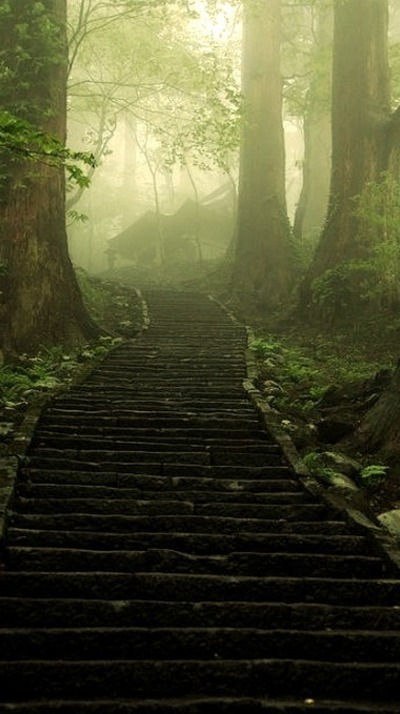
0 notes
Text
The Heart Sutra
What is a Sutra? A sutra is a Sanskrit term that means “thread” or “string.” The Heart Sutra is an ancient Sanskrit text, originating in India around 1800 years ago, and has been a profound source of spiritual wisdom and guidance for generations.
This scripture encourages us to have a balanced view of life, to have compassion, and to recognize our connection with the universe and its energies. It urges us to be mindful, and aware, and to harmonize our thoughts, words, and actions with universal truths. The sutra suggests that the path to enlightenment is through understanding the emptiness of all phenomena and that this is the way to liberation. The word “path” here is important because it is the path that provides wisdom, as wisdom denotes applied knowledge. Knowledge alone is just that, knowledge alone. Applied knowledge is the way we as humans experience “the path”. Moreover, applied knowledge-bearing wisdom urges us to be in tune with ourselves and the laws of nature, helping humanity to avoid attachment to material things, and to recognize the interconnectedness of all beings allowing us to comprehend the nature of the universe and the divine.
The Heart Sutra is like a guide map directing us toward spiritual knowledge and liberation. It is also a source of comfort, like a warm embrace in the chill of a cold night. I see the Heart Sutra as a lighthouse, guiding us to safety in the midst of a stormy sea; an ancient map whose spirit constantly updates itself and guides us through treacherous waters providing us direction just as a compass helps us to reach our desired destination. The Heart Sutra is a powerful tool that can help us find our way to happiness and a heart-filled compassionate life.
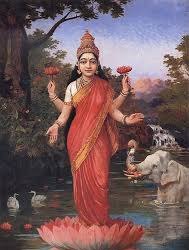
1 note
·
View note